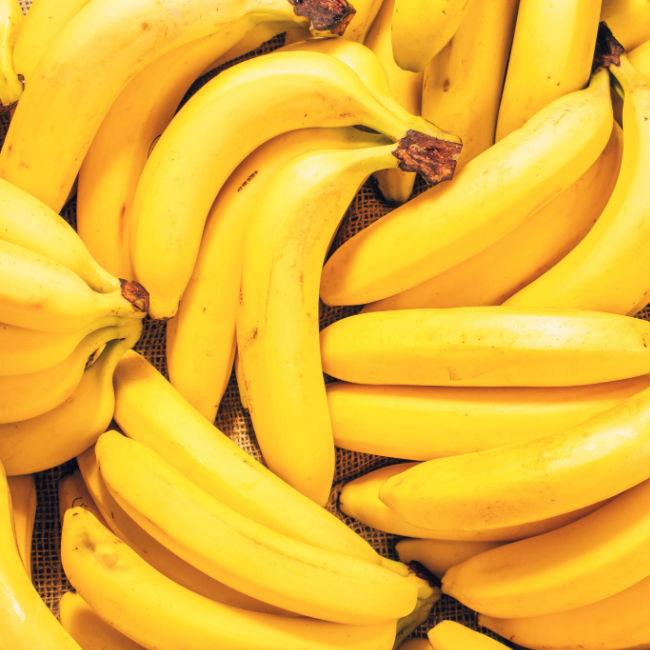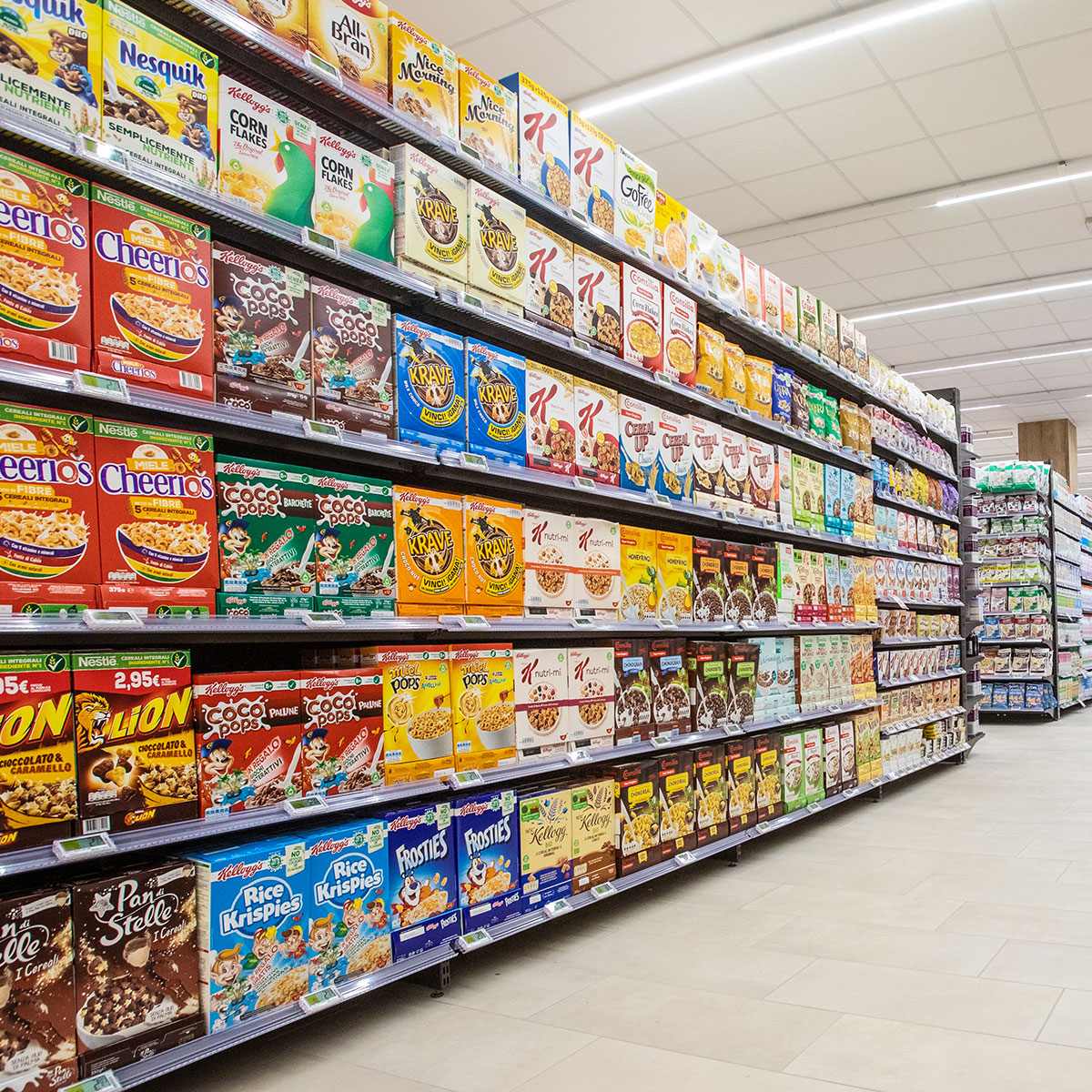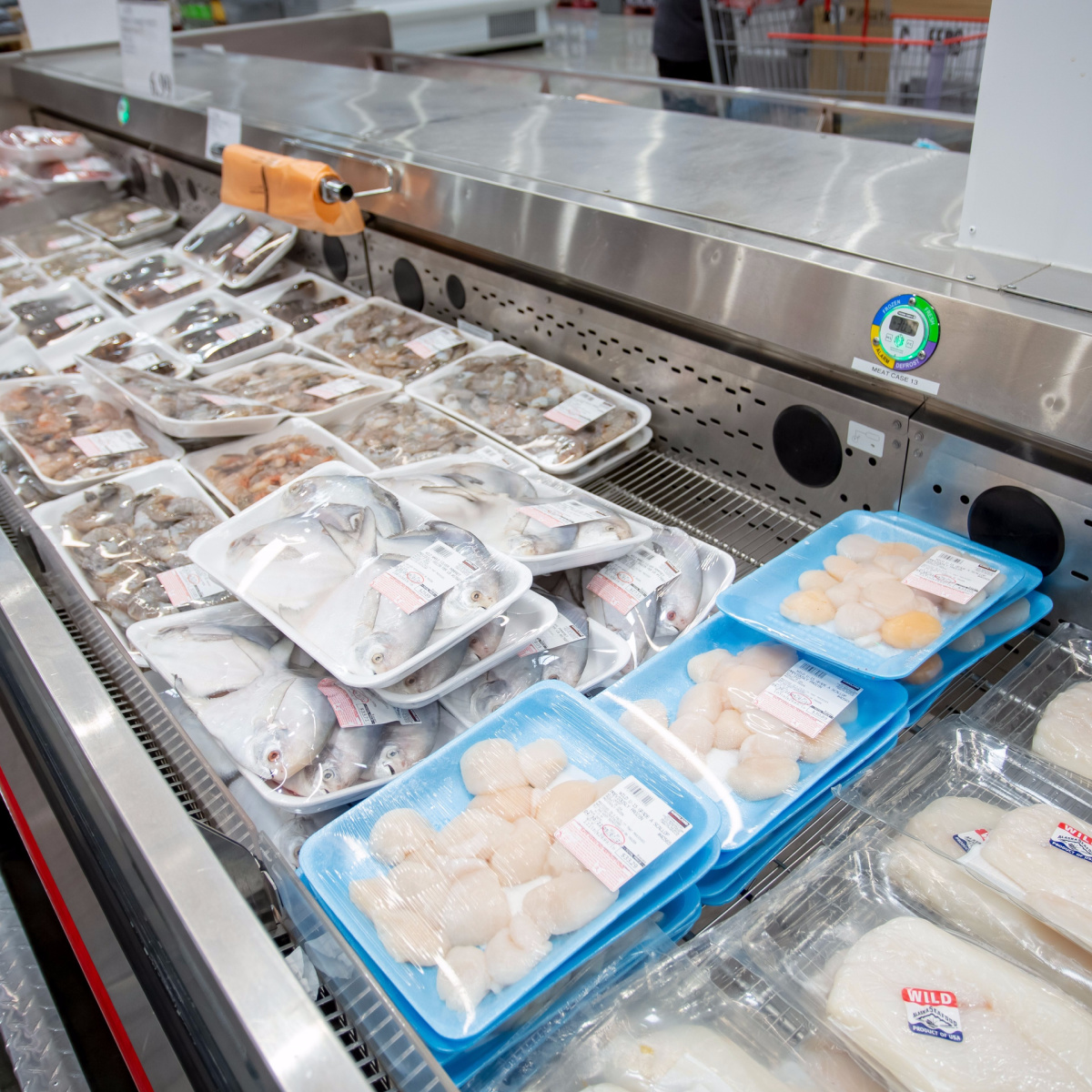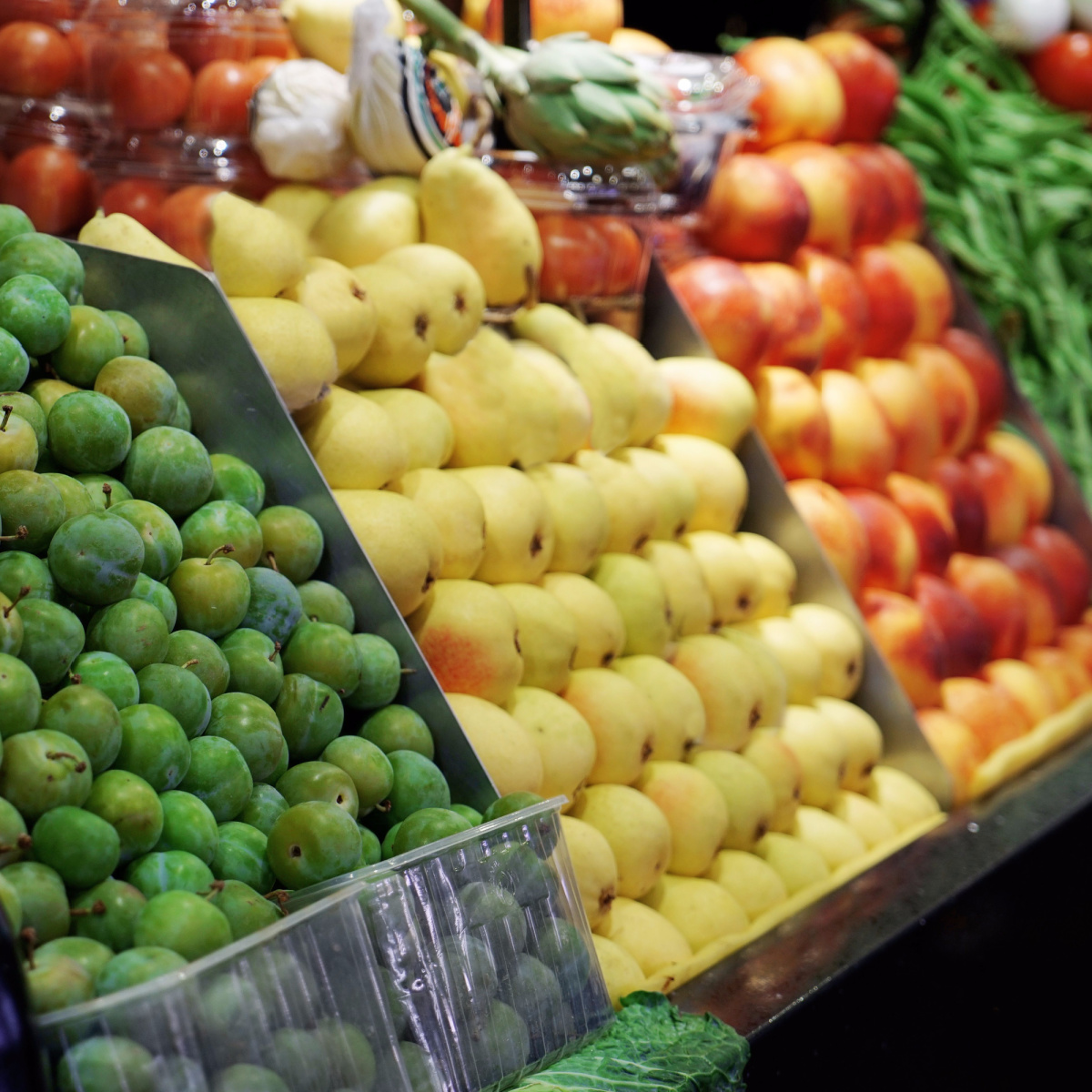As we anticipate the remainder of 2025, grocery store shelves could encounter fresh obstacles, making some products more difficult to come by. After conducting thorough research and consulting expert insights, we’ve identified six grocery store products that could see potential shortages in the coming year.
From changes in U.S. immigration policies under the new administration to proposed tariffs on imported goods, and even the ripple effects of climate change and foodborne illness recalls, a variety of factors may disrupt the availability of specific foods. Here’s what to keep an eye on as you plan your grocery list for the year ahead.


Experts Reveal 6 Grocery Items That May Disappear from Shelves in 2025
1. Berries And Apples
Tejas Bhatt, who is the founder and CEO of AdvanTejas, a digital food-safety consultancy, as well as a member of the Institute of Food Technologists, recently explained to Eat This, Not That that the harvest of these crops depends significantly on migrant workers. Stricter immigration regulations and possible labor shortages might result in a decreased supply of these fruits.
In 2025, as the outlet reported, consumers might find a shortage of fresh fruits and vegetables at their local stores for several reasons. One key factor is that many farms rely heavily on migrant workers for harvesting and packaging. This labor pool could be at risk due to the outcomes of the recent U.S. presidential election. President-elect Donald Trump has pledged to impose stricter immigration controls and initiate widespread deportations of undocumented individuals once he assumes office.
"If immigration policies get tougher to the point where farm workers are harder to find or hire, this could cause a shortage," said Bhatt. He observed that fruits like berries and apples greatly depend on the labor of migrants.

2. Almonds and Other Water-Intensive Crops
Climate change and ongoing drought conditions may impact water availability, which is critical for cultivating almonds and similar crops. As Emily Latimer for Eat This, Not That! reports, "Extreme weather events, like floods and droughts, can impact growing in farming regions, which may limit crop yields."
She noted that "droughts could create shortages for water-intensive foods like almonds, while extensive rain can cause poor water quality and damage corn or soybean crops."

3. Bananas and Tropical Produce
Extreme weather events in tropical regions are expected to disrupt the growth and supply of bananas and similar commodities, as noted by Fairtrade America. The nonprofit anticipates that American consumers will face higher prices for bananas, various fruits and vegetables, herbs and spices, as well as nuts and oils.
The organization writes: "Smallholder farmers in these regions are unable to quickly adapt to climate change because of long-standing issues, including the exploitative underpayment of farmers, a lack of investment in aging farms that have lower production potential and rising production costs."

4. Processed Fruits, Nuts, and Cereal Products
Possible tariffs on goods from Mexico and Canada might increase the prices and reduce the availability of these processed cereals, fruits, and nuts. As Latimer writes for Eat This, Not That!: "President-elect Trump's plan to implement a 25% tariff on all imported goods from Mexico and Canada and a 10% tariff on China's goods could increase grocery prices and make some items difficult to find."
In addition, Bhatt told the outlet: "Tariffs will have an indirect impact on shortages by making foods more expensive, leading to lower demand, leading to lower supply—a cyclical effect that could lead to eventual shortages."

5. Fish and Crustaceans
A significant number of these goods come from China. Potential tariffs and international trade conflicts might lead to their reduced availability. According to Trading Economics, the United States frequently imports fish, crustaceans, and vegetable fats and oils from China.
Meanwhile, grocery products such as cereals and processed fruits and nuts are typically imported from Mexico. Canada, on the other hand, exports cereal, flour, and alcohol products to the U.S., as reported by the U.S. Bureau of Industry and Security.

6. Produce Impacted by Foodborne Illness Recalls
Recalls triggered by E. coli and listeria outbreaks have already led to temporary shortages of carrots, onions, and walnuts. Specialists anticipate that this situation may persist.
As Bhatt told the publication: "More outbreaks can lead to shortages, primarily due to lack of traceability and transparency."
The Bottom Line
As we head into the new year, these potential grocery store shortages serve as a reminder of the complexities and vulnerabilities within our food supply chain. From climate change and trade policies to labor shortages and foodborne illnesses, a variety of factors could impact the availability of everyday items.
Staying informed, shopping locally when possible, and planning ahead can help consumers navigate these challenges while continuing to support a resilient food system.


























